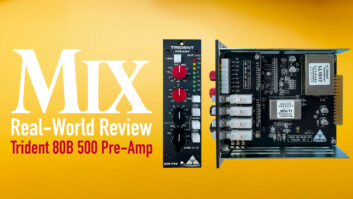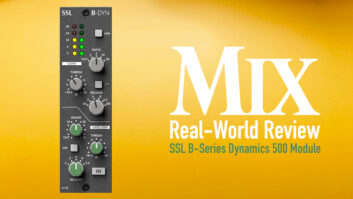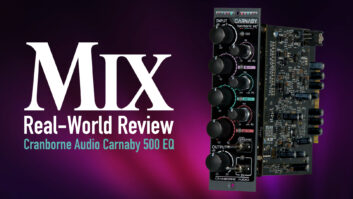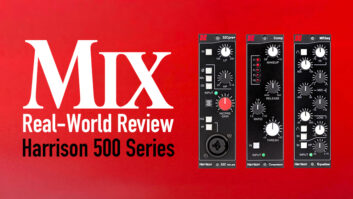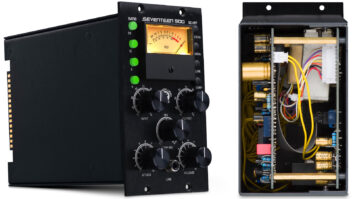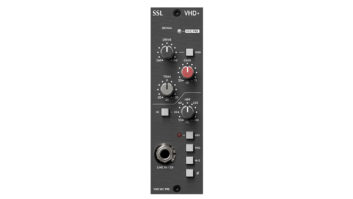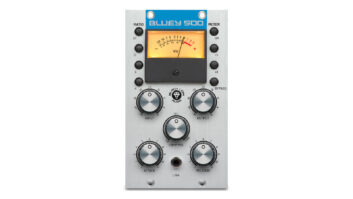Starting in 2000, Ph.D. Electrical Engineering and Materials scientist Steve Jackson began a “labor of love” in reviving the original Pulse Techniques (Pultec) equalizer as first produced by Eugene Shenk in the 1950s. Jackson wanted a perfect rendition of the original tube-based, passive audio equalizer without modern changes or improvements. However, there was a problem: no company made the original components, and Pulse Techniques had long gone out of business.
In ongoing consultations with Shenk and forensic discovery of existing notes and the original schematics, Jackson learned the mechanical, electrical specifications and material fabrication details—the fundamental makeup of the original units to produce the Pulse Techniques EQP-1A3 program equalizer, considered the all-time, classic audio equalizer.
Currently, Pultec has nine equalizers available based around their three, 2U tube-based core units: the EQP-1A3 program equalizer, EQP-1S3 program shelving EQ and the MEQ-5 midrange EQ. Pultec also makes Enhanced Mastering versions of these three that replace the variable boost/attenuation controls with 21-position rotary switches for accurate, reproducible 0.5 dB steps.
Pultec makes the same 2U EQs available with API 2520 makeup gain stages instead of tube amplifiers. Many producer/engineers prefer these units for processing drums, percussion and bass. The solid-state models are called the EQP-1A3-SS, EQP-1S3-SS and MEQ-5-SS. Pultec is the only manufacturer that API will sell its 2520 op amps, thereby honoring an agreement Pulse Techniques and API had in the 1970s.
Both the EQP-500X and MEQ-500 are single-slot 500 modules derived from the EQP-1A3-SS and MEQ-5-SS equalizers, respectively, carrying the same specifications.
EQP-500X and MEQ-500 Modules
The front panels of EQP-500X and MEQ-500 modules are painted in standard “Pultec Blue,” exactly matching the original 3U and 2U Pultecs; it contrasts nicely with the easy-to-use gloss-black control knobs. I liked the red power-on LEDs, In/Out bypass toggle switch and the absence of a hardwired bypass relay. Like the original units, when in bypass, the module’s EQ sections are disabled with audio still passing through the input transformer, 2520 amp and output transformer.
Taking a look inside, I found intricate, compact construction throughout, with hand-assembled printed circuit boards using the same components as the 2U rackmount units. There is through-the-hole construction, and no surface-mount technology is employed. There are large input and output transformers built to the original Triad HS-56 specifications, with modified shielding in order to fit inside the all-steel case. These are the same transformers used in the 2U rackmount units.
The rotary switches for selecting frequencies are by ElectroSwitch, and all the pots have high-quality conductive plastic elements. I found both the switches and pots to work smoothly and precisely. All signal path capacitors are badged “Pultec” and custom-made to the same specification as the caps used in the ’60s Pultec units.
EQP-500X
The EQP-500X combines the utility of both the EQP-1A3-SS (program EQ) and EQP-1S3-SS (shelving EQ) into a single equalizer. The EQP-500X supersedes the discontinued EQP-500A and EQP-500S modules.
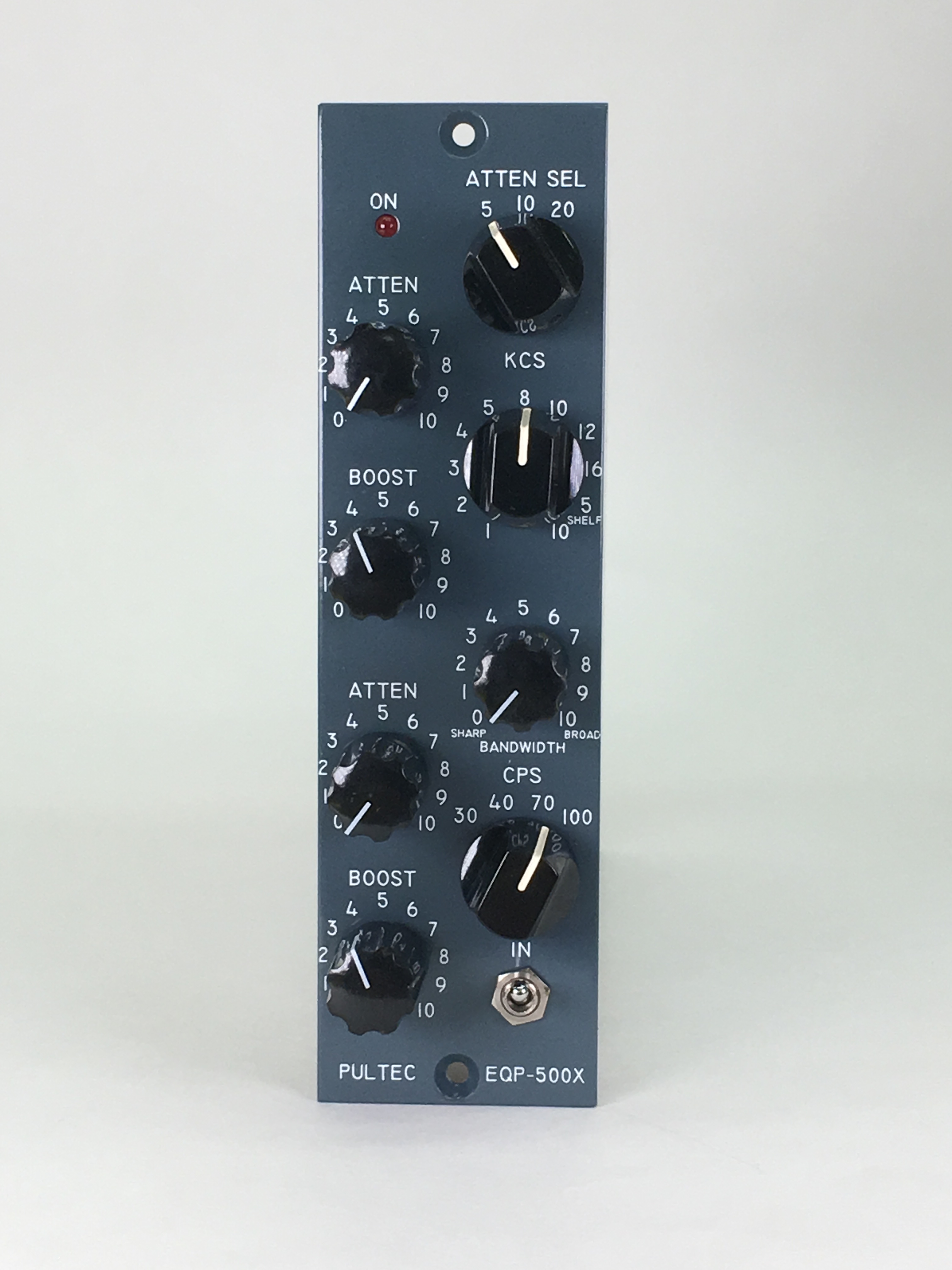
Like the EQP-1A3 2U equalizer, the 500X has LF shelf boost, LF shelf attenuate (cut), Mid/HF peak boost and an HF shelf attenuate (only). The shelving sections use first-order (6 dB/Oct) RC filter networks, while the Mid/HF peak boost section uses a resonant LCR filter network that uses a single custom-designed toroidal coil with multiple taps for selecting the various frequencies. The Mid/HF Bandwidth (Q) control pot applies a series resistance to the LC circuit; as more resistance is added, Q is reduced.
At the bottom of the front panel are controls for the low-shelf frequency with a control for boosting up to 13.5 dB at 30, 40, 70 and 100 Hz. A separate attenuate control is used for cutting at the same frequencies up to –17.5 dB.
Boosting and cutting at the same frequency at the same time produces a resonant peak at the selected frequency. This popular “trick” is familiar to anyone using the original vintage models; it’s a popular process for bass, guitars, vocal tracks and kick drums.
The middle Mid/HF LCR peaking section borrows the frequency set from the Pultec EQP-1S3 Shelving Program EQ with 1, 2, 3, 4, 5, 8, 10, 12 kHz and adds a 16 kHz position. Up to 18 dB of boost is available, with the Q control ranging from Sharp to Broad.
Turning the rotary switch past the 16 kHz position in the LCR section switches that section off, and then a first-order (6 dB/Oct) RC shelving filter takes over. It has 5 and 10 kHz choices, and up to 14 dB of boost is available using the same boost control.
At the top of the front panel is a high-frequency shelving EQ with 5, 10 and 20 kHz positions with up to –16 dB of attenuation. Because it overlaps the LCR section, you can boost and attenuate at 5 kHz or 10 kHz, and at the same time.
MEQ-500 Jack Douglas Edition
Like the MEQ-5-SS, the MEQ-500 is a three-band EQ with individual, overlapping LCR filter circuits for each band. Inside the MEQ-500, the same quality of construction, same transformers and API 2520 output amp is used, but there are three large toroidal coils for the three fixed-Q EQ bands.
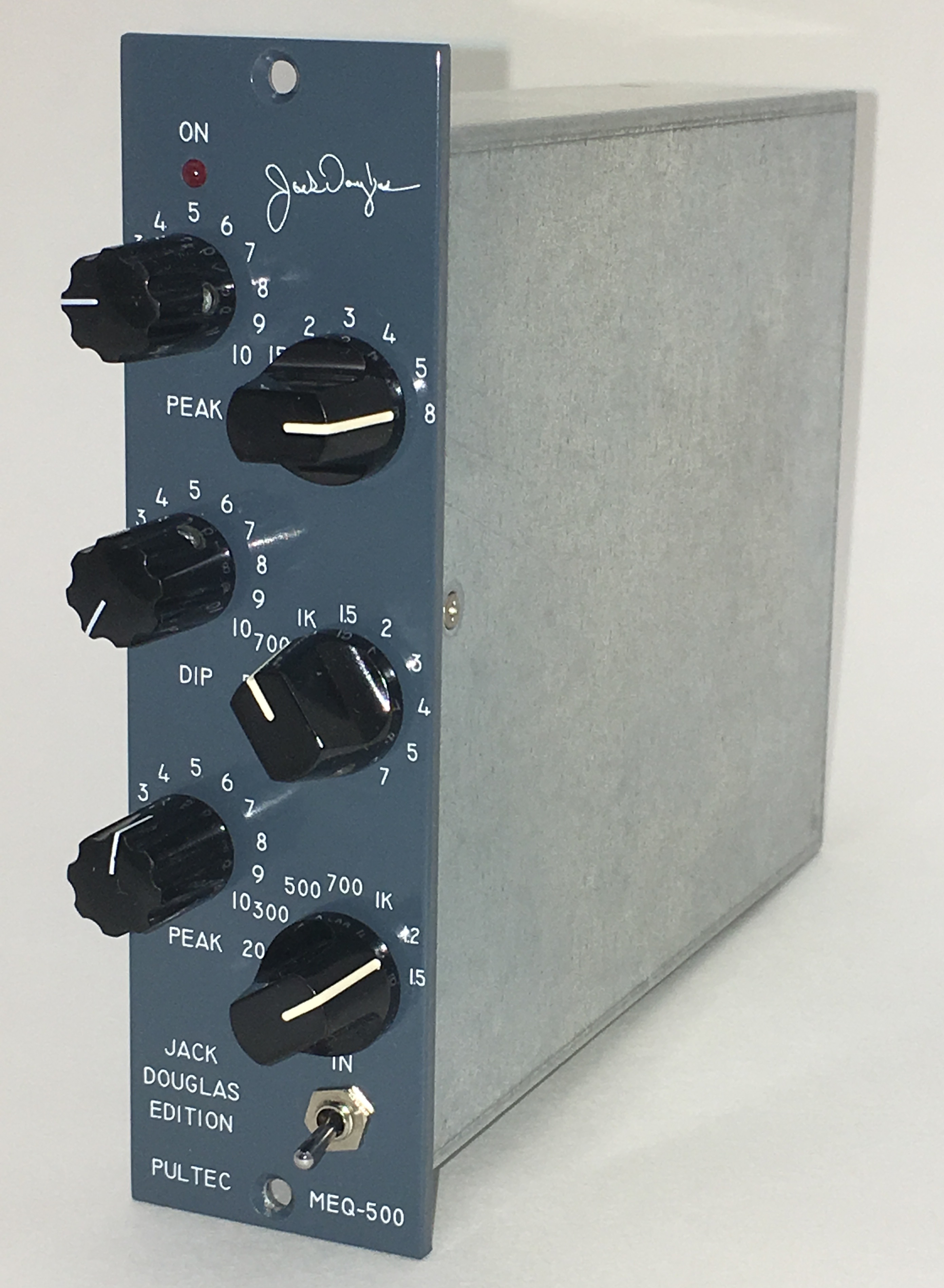
The Jack Douglas Edition adds new frequencies to the original 2U MEQ-5 set, which starts with the Low/Mid Peak section at the bottom of the front panel, with 200, 300, 500, 700, 1 kHz. The JD Edition adds both 1.2 and 1.5 kHz positions. Up to 10 dB of boost is available.
The second section, in the middle of the panel, is called Dip, and it attenuates up to –10 dB at 200, 300, 500, 700, 1k, 1.5k, 2k, 3k, 4K, 5k and 7kHz. This is the same set as the original MEQ-5 equalizer. The Dip section overlaps frequencies in both the High/Mid Peak and Low/Mid peak sections.
The top section, or High/Mid Peak of the MEQ-500, boosts up to 8 dB at 1.5k, 2k, 3k, 4k and 5 kHz. The JD Edition adds 1.2 kHz for the first position and 8 kHz at the last position.
In the Studio
Using these two equalizers does recall the days when I first used the original Pultec EQs. Like those vintage units, the frequencies on the front panel of these 500 modules are labeled as “CPS” and “KCS” for cycles and kilocycles-per-second. Instead of modern +/- dB boost/cut nomenclature, simple numbers 0 through 10 are used. I just turned controls until it sounded good!
Both of these equalizers are designed to drive 600-ohm loads and are calibrated to pass audio at unity from input to output with all the controls at full CCW—this is operationally handy for resetting the modules to start a fresh EQ setup.
I wanted to slightly brighten and “clear up” a well-recorded female vocal track but maintain her warmth and good size. The verses were in the key of D and a little dark-sounding, while the choruses were up in C where she sang out and tended toward sounding shrill.
I tried both the EQP-500X and MEQ-500 modules as hardware inserts in my Pro Tools Ultimate 2018.10 HDX rig. With the 500X, I boosted in the midrange section to “5” at 4 kHz, with the bandwidth control set full clockwise at broad; I also attenuated (low-frequency shelf) to around “2.5” at 70 Hz—a touchy setting—too much cut and the vocal thinned out.
This was a good overall starting setting that sounded pleasing and not EQ’d or electronic, as many EQs can. The singer’s warmth was maintained, and I followed the 500X with one channel of my stereo API 529 limiter/compressor module set to only “clamp” on a few +8 dB peak moments. I ended up attenuating to “2” at 5 kHz using the high-frequency shelving section to mellow out the occasional “S” and other fricatives brought up by the compressor. With some automation, I got a good vocal sound for the mix.
But I wanted to try the MEQ-500 in place of the EQP-500X. The MEQ focuses on the midrange and was the better tool for achieving a more aggressive vocal sound—even though this singer and performance were not. I boosted to “5” at 5 kHz using the High/Mid Peak section, and attenuated to “3” at 200 Hz using the Dip section. On paper, these numbers on a vocal track seem extreme, but the MEQ-500’s High/Mid LCR equalizer is so smooth, I found it just right to add presence without harshness.
This extra focusing of the midrange with LCR equalizers was a big winner for me and is unique; it’s the sound of Pultec. I have no other hardware or plug-in that smoothly cranks the midrange without sounding “honky” and overly edgy.
Made for Guitars
Like I would with an old-fashioned tone control, I tried my pair of EQP-500Xs on a double-tracked pair of acoustic guitars that played a staccato rhythm part; they begged for low-frequency punch and a crystalline top end.
I would do something I never do on any guitar track, acoustic or electric: I boosted up to “7” at 30 Hz while also attenuating to “2” at the same time! This added a tight, low-frequency impact or thump to the attack portion of these already well-compressed and highpass-filtered guitar tracks. I finished with a boost of “4” at 4 kHz Broad, and then “2” attenuating with the high-frequency shelf at 5 kHz to limit the bandwidth of these tracks. The net effect was a somewhat “scooped” midrange that carved out space in the mix for the vocals. Since I have two 500X modules side by side in the rack, it is easy to see and match the knob positions easily for the two guitar track channels.
The same sort of scooped-midrange approach for electric guitar was useful for tracking guitars by using minimal EQ. The EQP-500X worked great for opening up the top end without sounding brittle and crunchy. The MEQ-500 was better for stylizing and tone shaping.
When recording electric guitars for stacking doubles and harmonies, I would log the individual front-panel EQ settings for each part for reference. Although not the same, it is reminiscent of the reasoning for changing guitars for the double track—you can emphasize the particular tone of the different guitars or de-emphasize their differences to get them to “mesh” better together in the mix. The MEQ-500 just “rules” as the best tool for this, and I get why producer Jack Douglas asked for his particular frequency additions.
I had to try my two EQP-500X modules on the stereo bus as a faux mastering equalizer. For an improvisational jazz album I was mixing, I like using the Mid/HF section set to shelving at 10 kHz and boosting a little for opening up the top. This gave the producer an idea of what a proper mastering engineer might do and also was great for quick mix copies to play around. With this boost, you could hear more cymbal “chick” and the overall air of the recording room. It was beautiful sounding!
So I am pleased to add these two equalizers to my outboard rack/toolkit! I like the smooth and musical tone of both of the EQP-500X and MEQ-500. Both are worthwhile processors that work and sound like no other processor, hardware or software. Highly recommended!
PRODUCT SUMMARY
Company: Pultec Pulse Techniques
Web: www.pulsetechniques.com
Product: EQP-500X and MEQ-500 Equalizers
Price: $1,295 each
Pros: Real Pultec sound in 500 Series modules
Cons: None
